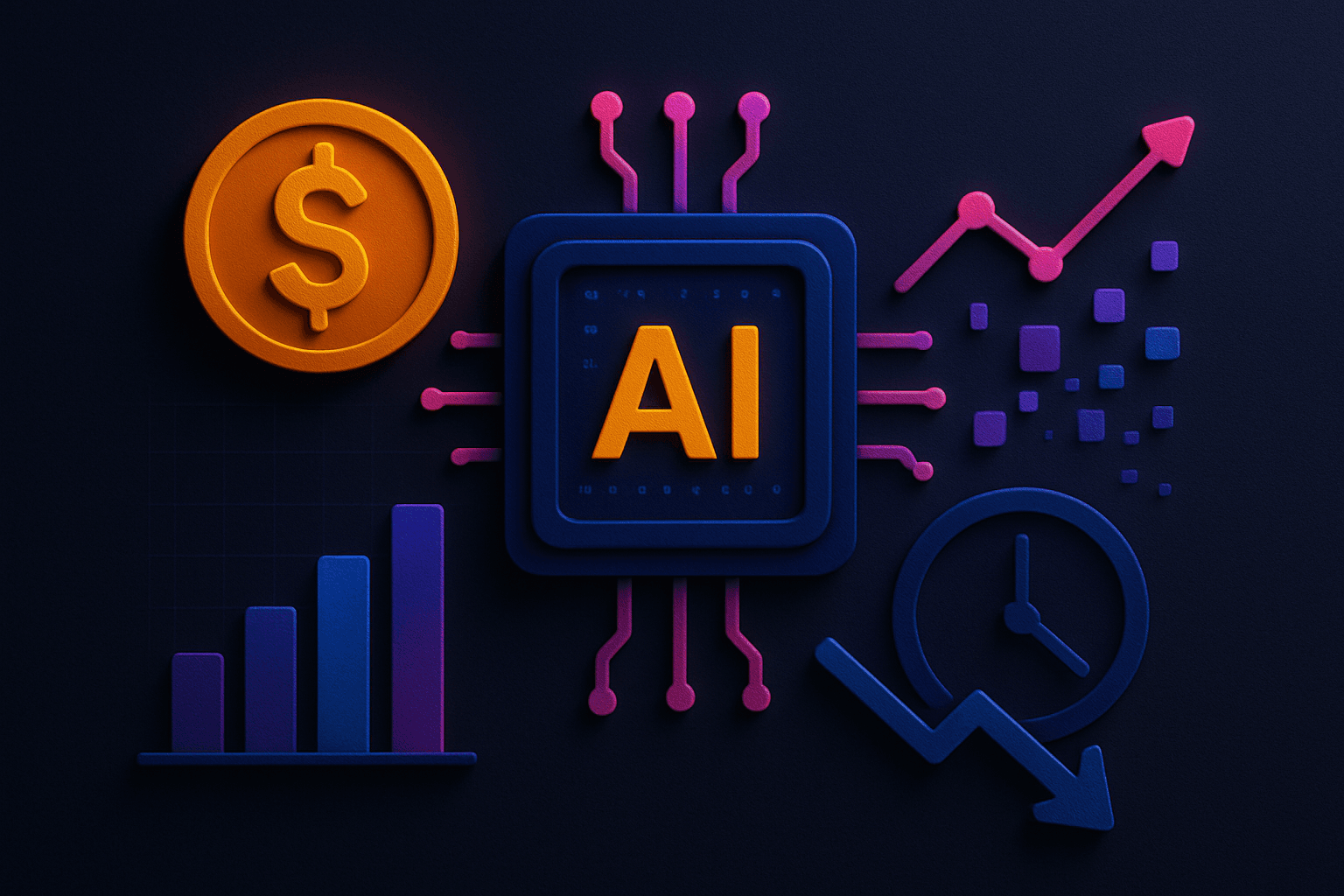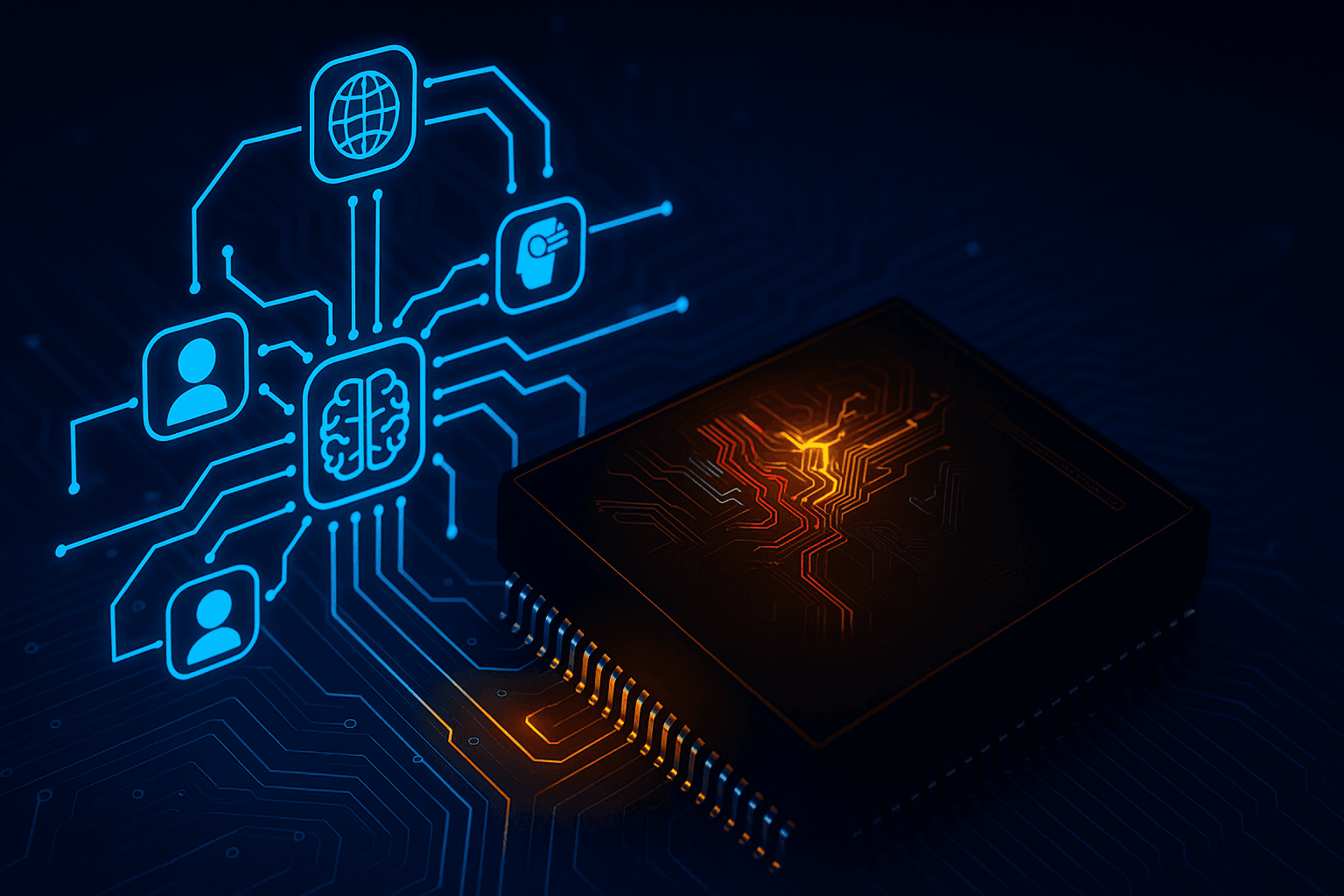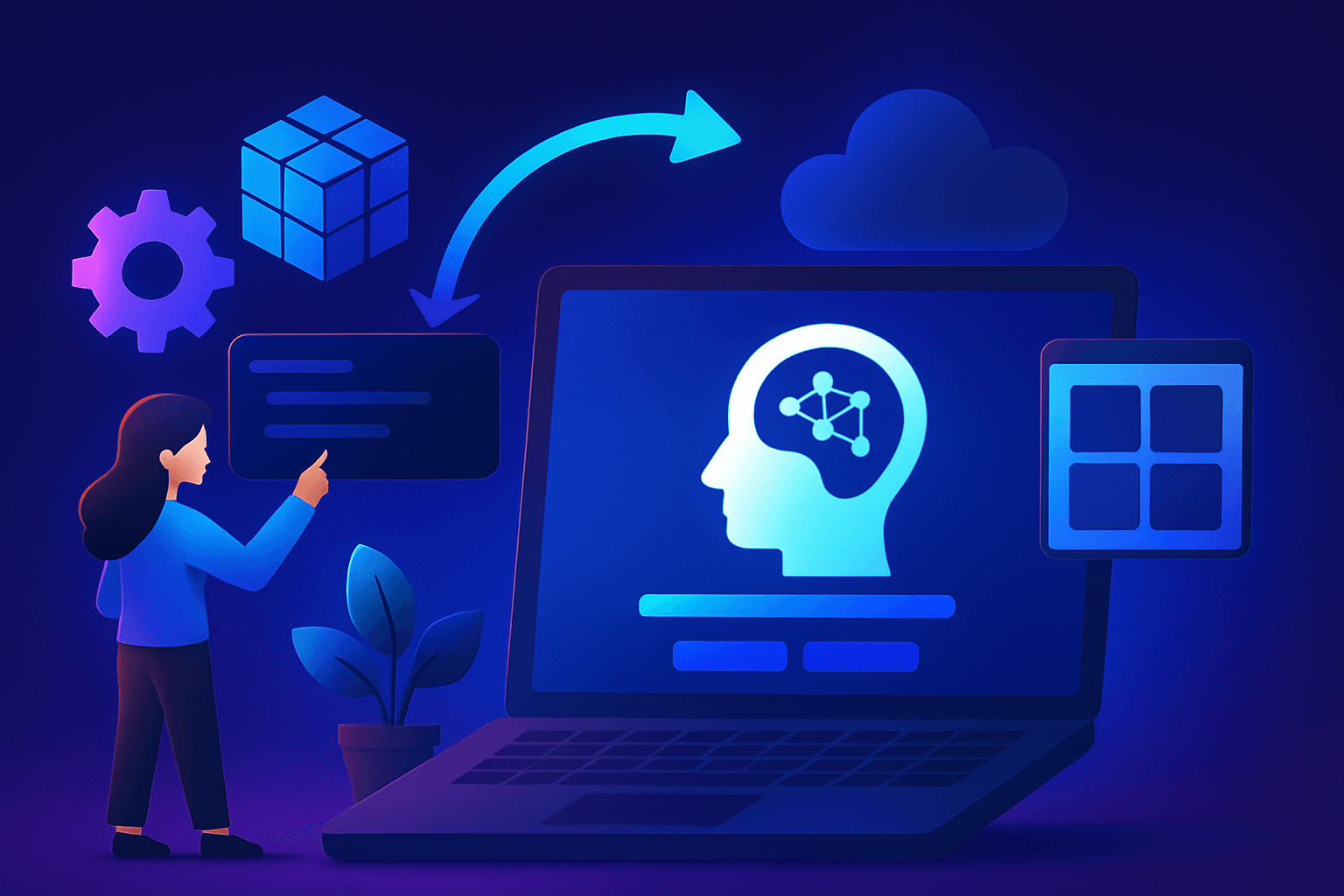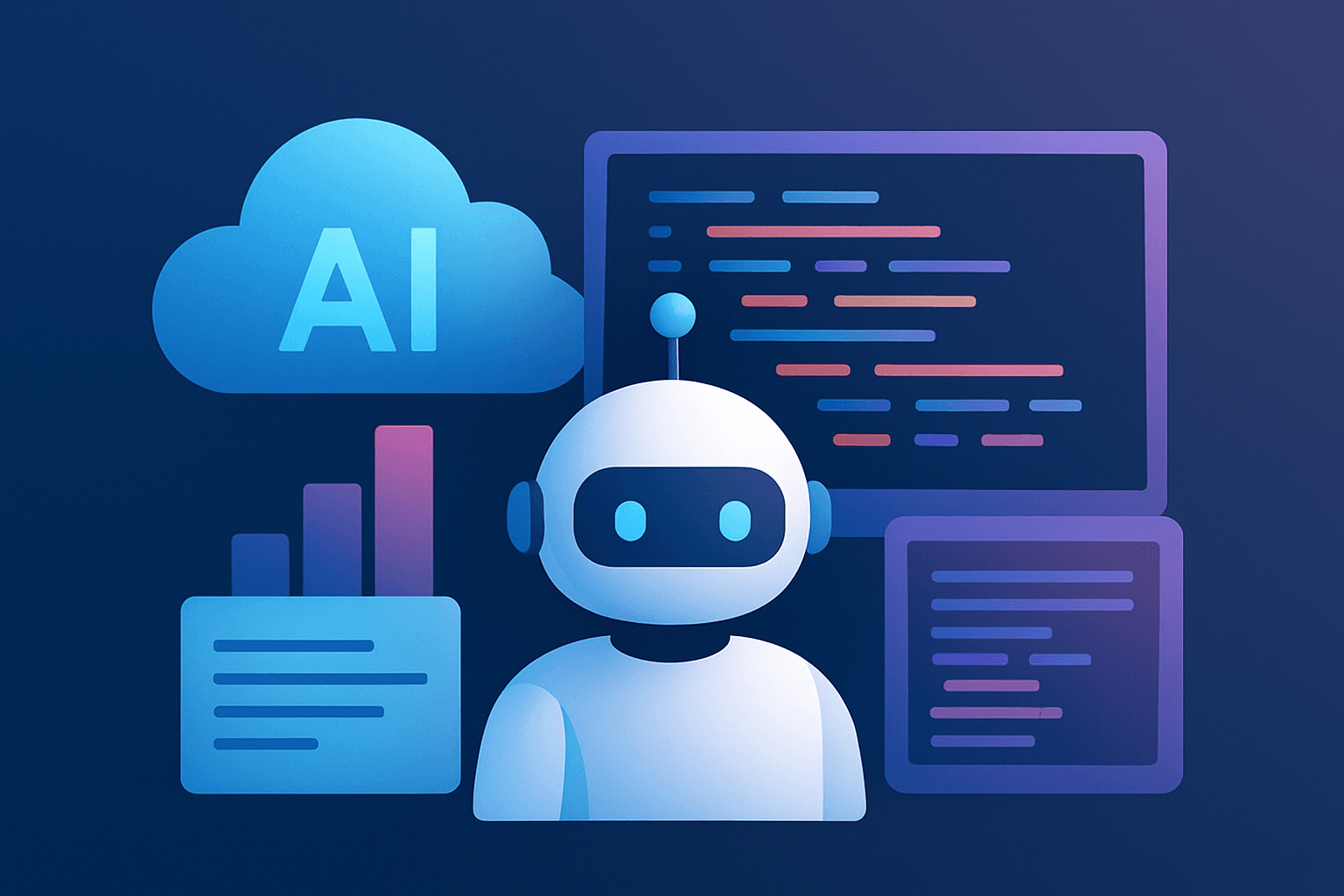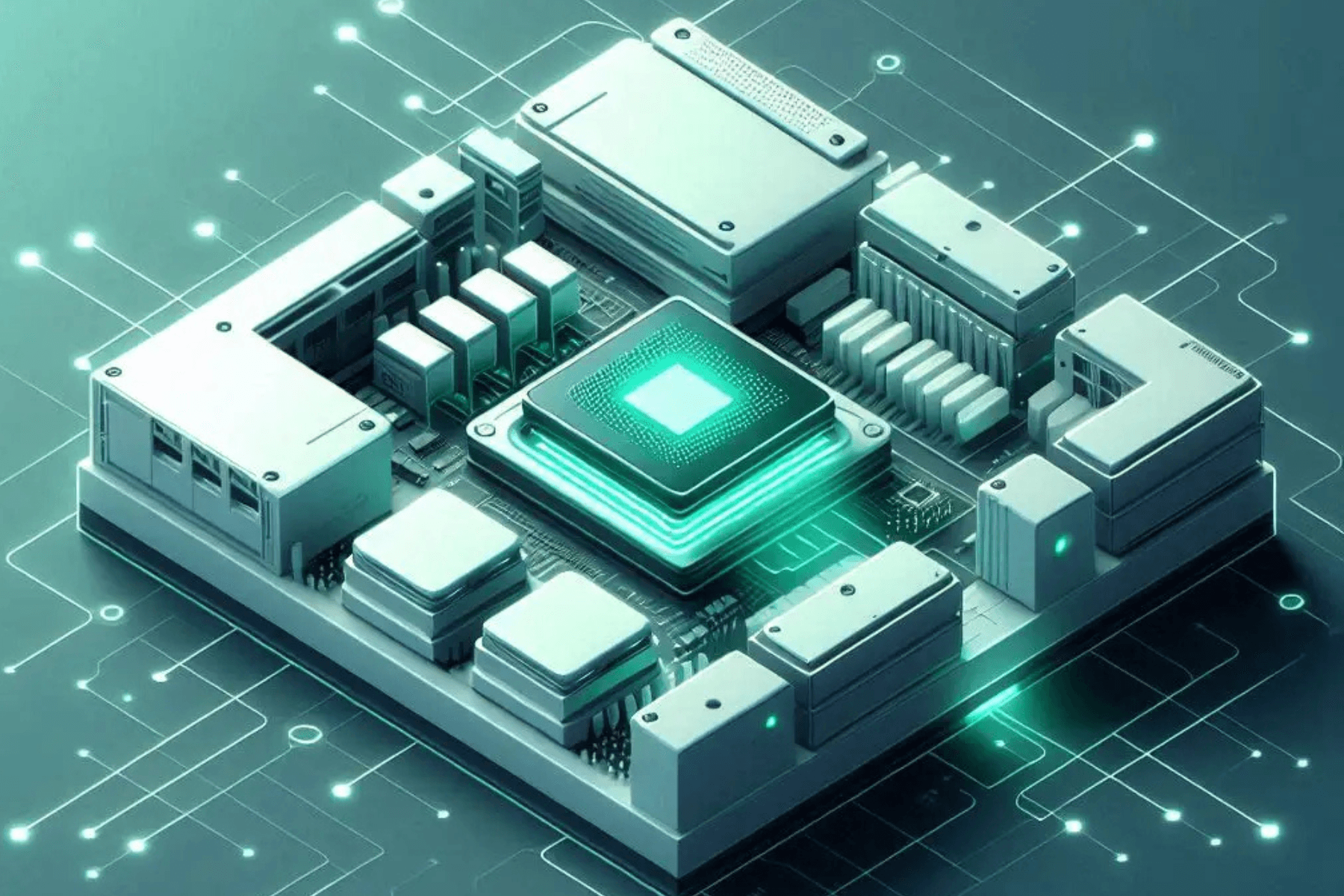Introduction
The modern world of computer science and technology runs on large heaps of data. Handling this huge amount of data and finding relevant information from them is not an easy task. Here, data science comes into the picture. With advanced algorithms of Machine Learning and Artificial Intelligence, pattern recognition has become a cakewalk.
But these AI (Artificial Intelligence) and ML (Machine Learning) optimization algorithms are computationally much more expensive than genuine programs. Sometimes, these are so rigorous, that the local computers and devices fall short of being able to run them. So, cloud platforms and services work as a useful medium to run these algorithms. These cloud systems are also very cost-efficient to use and incorporate in the model.
Why does machine learning need cost efficiency?
Machine Learning algorithms are computationally much expensive to bear. These algorithms work on trial and error and go on to find any pattern. With each wrong result, they calculate the amount of error and rectify accordingly. In this way, the training and test set cumulatively give rise to such a model. This is why Machine Learning models can make complicated decisions with much ease. On the other hand, Artificial Intelligence is a superset of Machine Learning. AI makes a computer learn itself.
ML Workload
Almost 90% of the data that exists today was created in the past three years (2016 onwards). The amount of data that is being stored on the servers today is increasing at an exponential rate.
With an increase in the amount of data we store every second, the necessity to process that data is also increasing rapidly. In the previous decade, all of these data were not used in an efficient manner, but with the advent of machine learning and artificial intelligence, this data is now extensively used for numerous research purposes and to serve online and offline customers in a customized way.
Previously, all these data were processed using a huge number of CPUs, but it was a lot slower in comparison to what we use today - GPUs. Nowadays, GPU cores or tensor cores are extensively used only for ML workloads. But this is not cheap. GPUs require an intense amount of cooling and electricity to run on.
Numerous small-scale standalone institutions and companies seek low-cost AI and ML workload services for their own data related computations. This can be achieved by using shared GPUs used over cloud servers. Different clients can use this shared GPU for a specific amount of time for doing a specific task related to AI and ML. The upside of this type of service is that all the workloads are done through the cloud. The computational results also get stored in the cloud in real-time so clients can have easier and faster access to their models.
This low-cost service can help flourish different small-scale companies and businesses to get started in the AI race and to deliver their clients with smart and customized results.
Low-Cost Cloud Computing in AI/ML
Cloud Computing is one of the most growing technologies of the tech-world. Cloud acts as the ultimate solution to storage and computational power problems. Cloud providers allow service through the internet to store information or run programs on their GPU clusters. This technology not only solves the issues with small scattered implementers but also reduces the time of computation. The parallelization of workloads acts as a much efficient concept for using computational power. Also, data in modern days are being much more complicated and even more advanced in terms of structure and size. So, to tackle such issues, cloud computing is a necessity. Hence, availing of cloud architecture at a low cost makes the project much more efficient.
Along with E2E Networks, many more cloud service providers are available in the market today. However, high throughput workload E2E Network provides the services at a much cheaper cost than the VPS or Virtual Private Servers.
E2E Networks Services
E2E networks are second to none when it comes to performance, and is a lot lower priced when it comes to cost. Therefore, they are creating a new standard for themselves as far as low-cost public cloud is concerned. They are building a strong appreciation from the end-users because of their scalability, affordability, trustworthiness, and improved privacy features.
E2E networks provide very high-performance cloud infrastructure and are a World-Class Cloud in India. Their GPU Cloud is apt for a wide variety of applications consisting of Computer Vision, AI, Scientific Research, Computational Finance, and Big Data. E2E Networks also provide very low-cost cloud services. It would help you use ML workloads at an affordable cost.
Wrapping Up
Machine Learning is completely based on data science. With the rising availability of more and more data, Machine Learning organizations are becoming consistent and trustworthy. The ML models reinforce themselves by adjusting their bias and variances. As these datasets become larger, Cloud Computing, powerful GPUs, and the ML/AI workloads become the savior.
For a Free trial Register here - https://bit.ly/344Ai4a Call- 7678461168 Email - Swati.bhatia@e2enetworks.com
